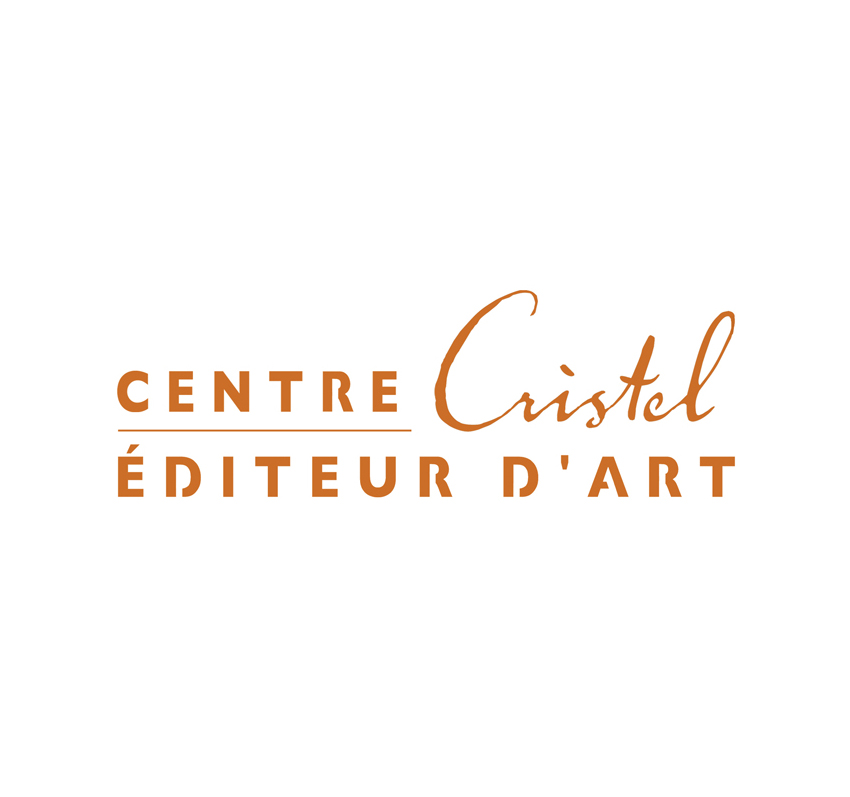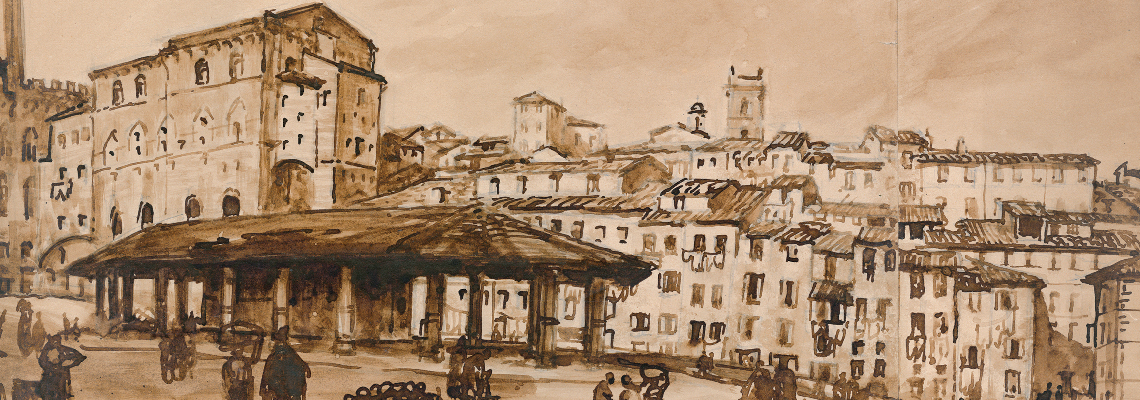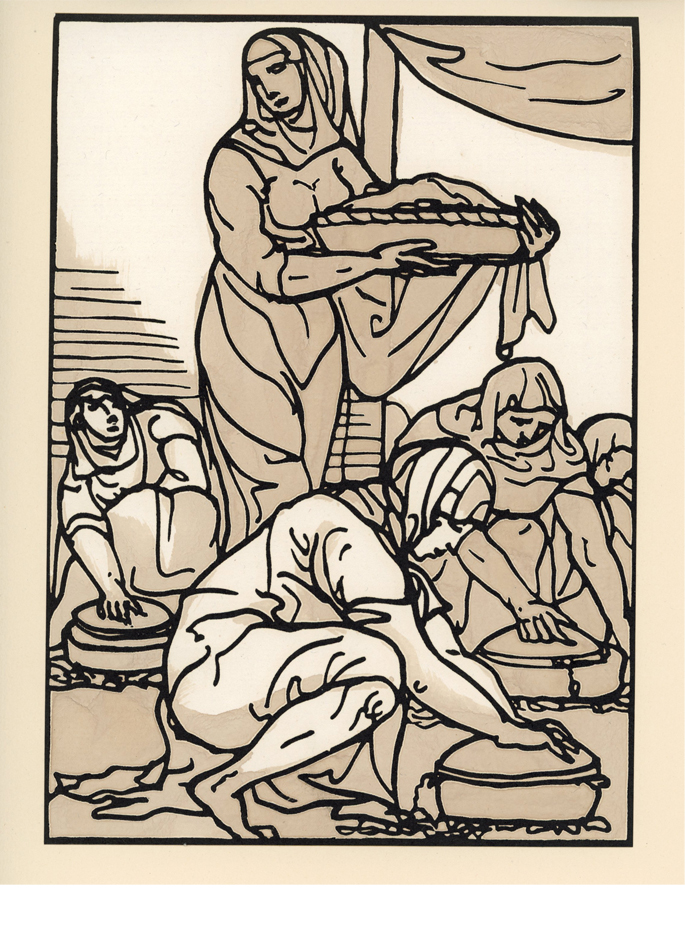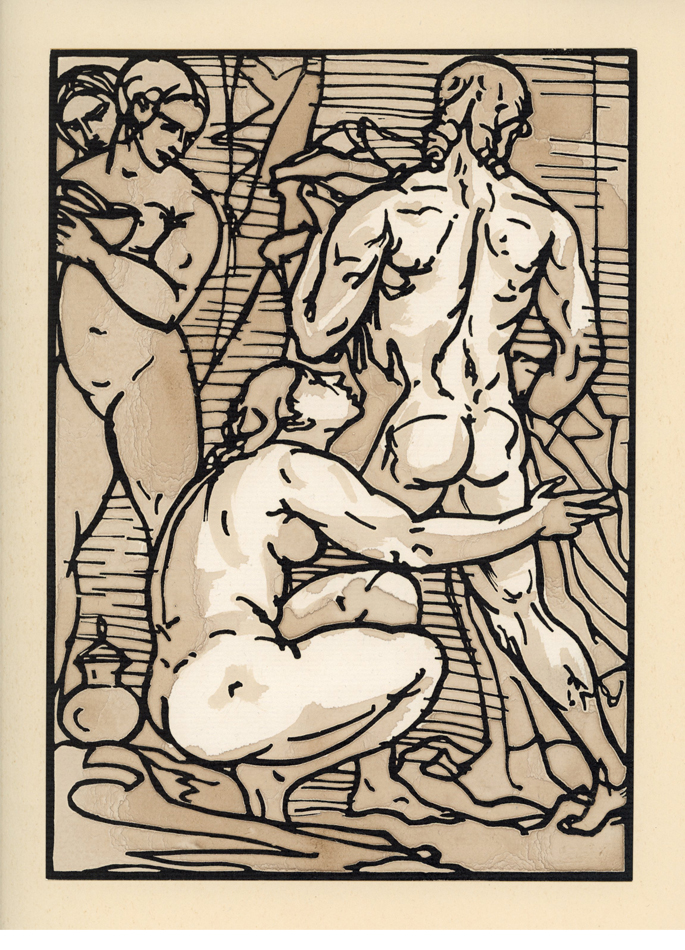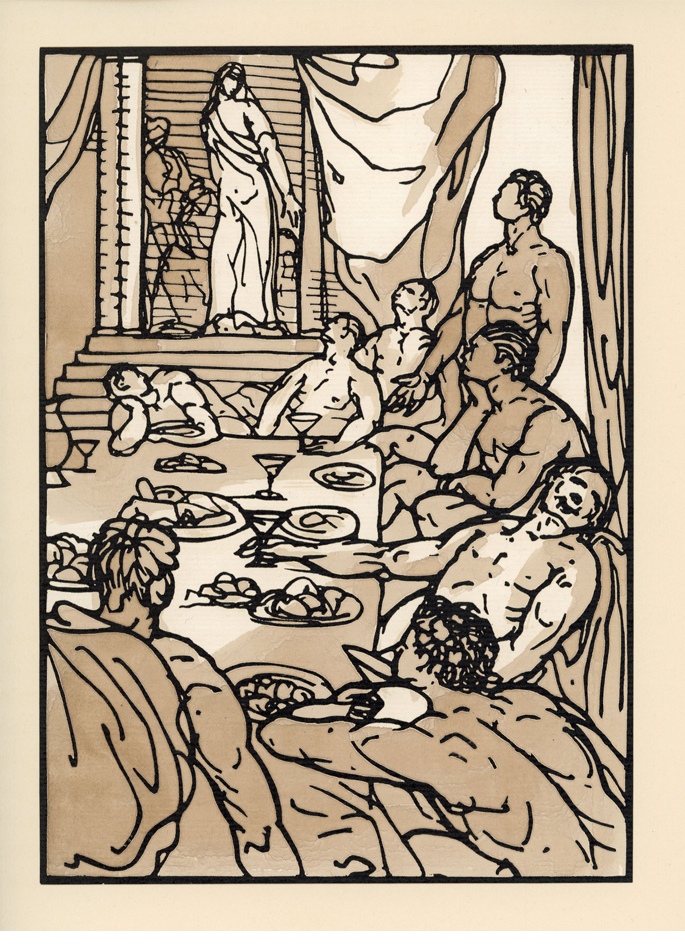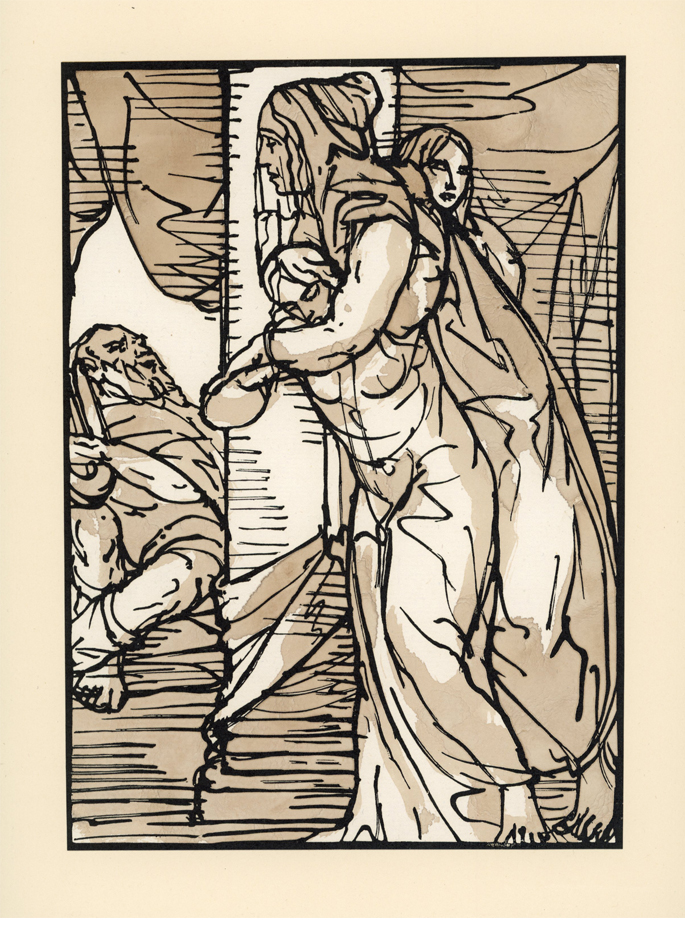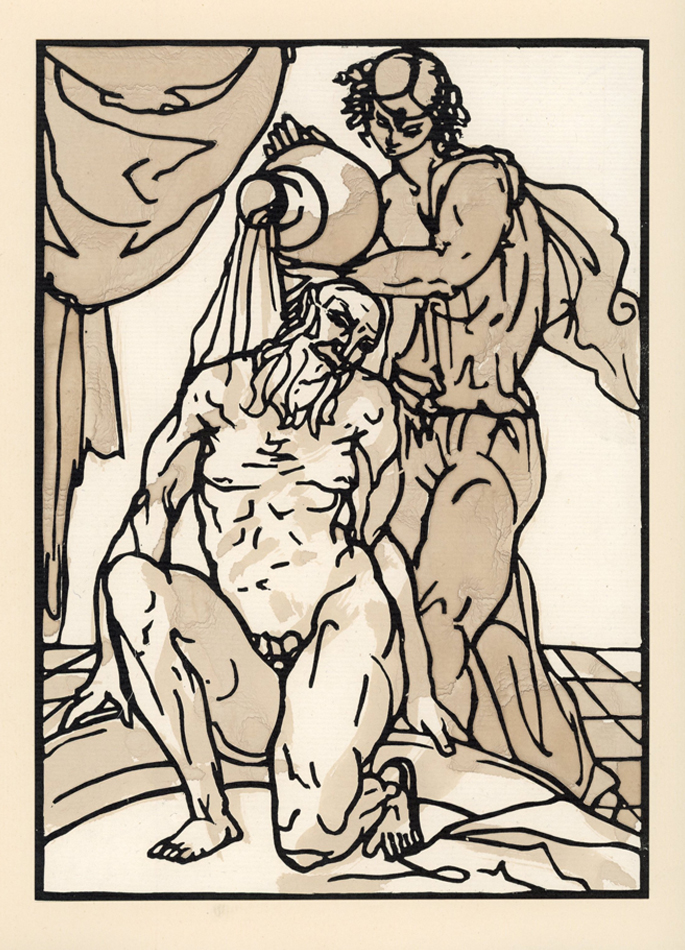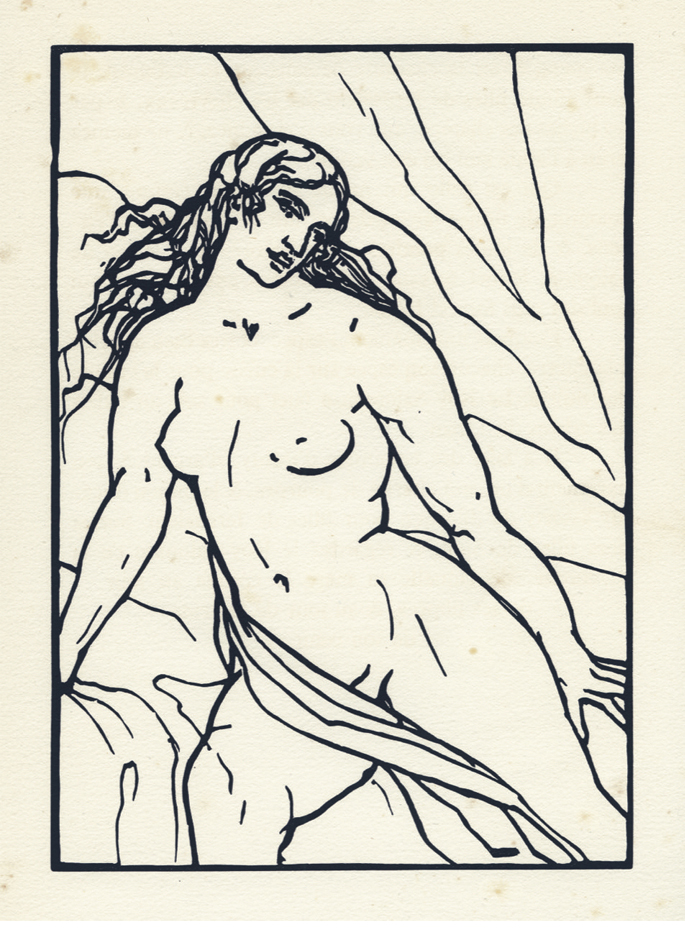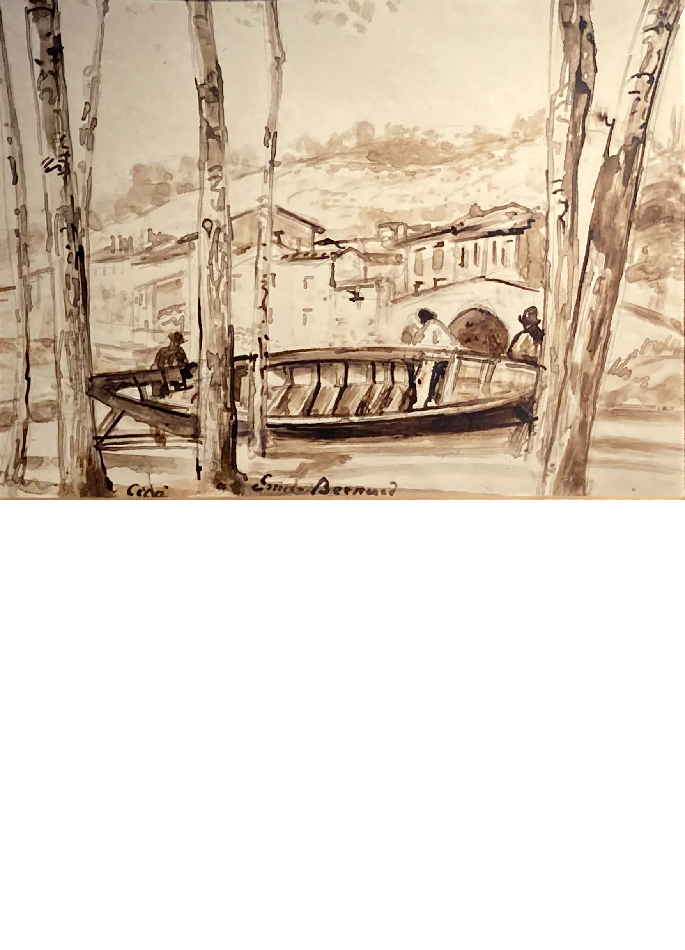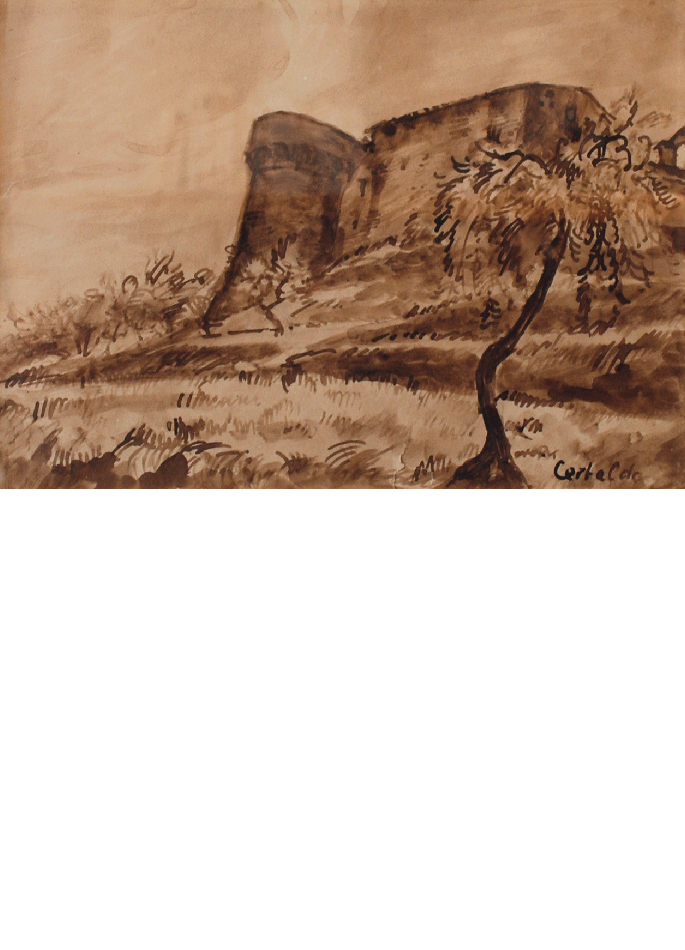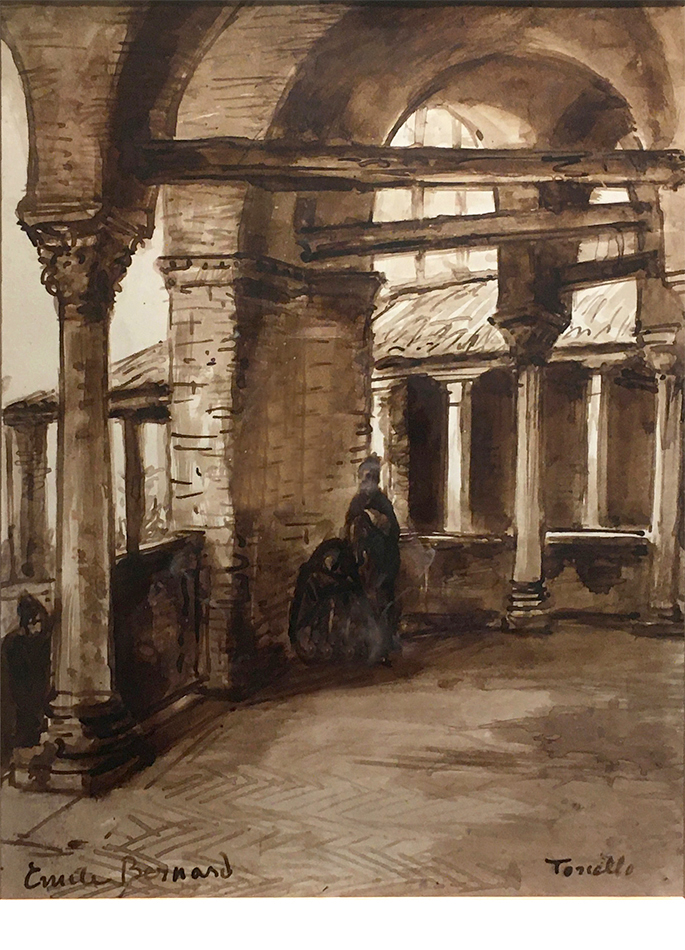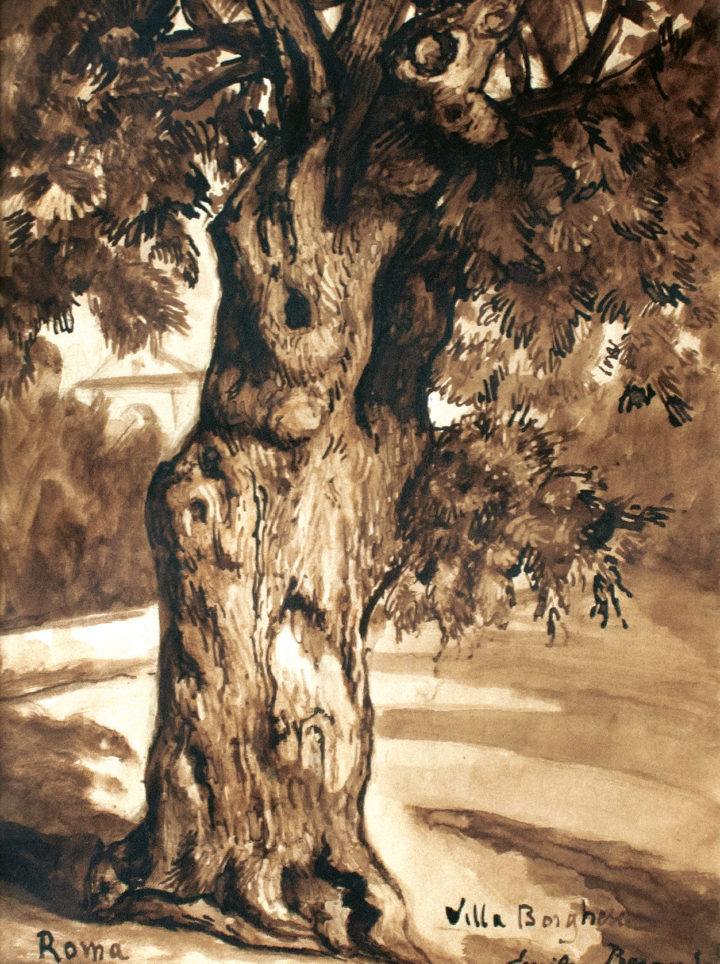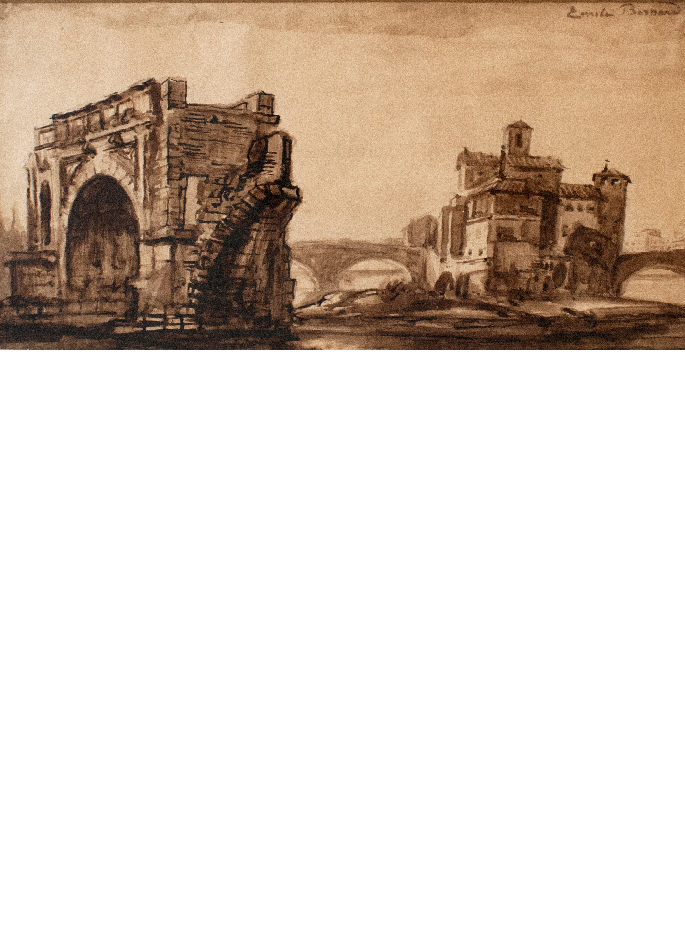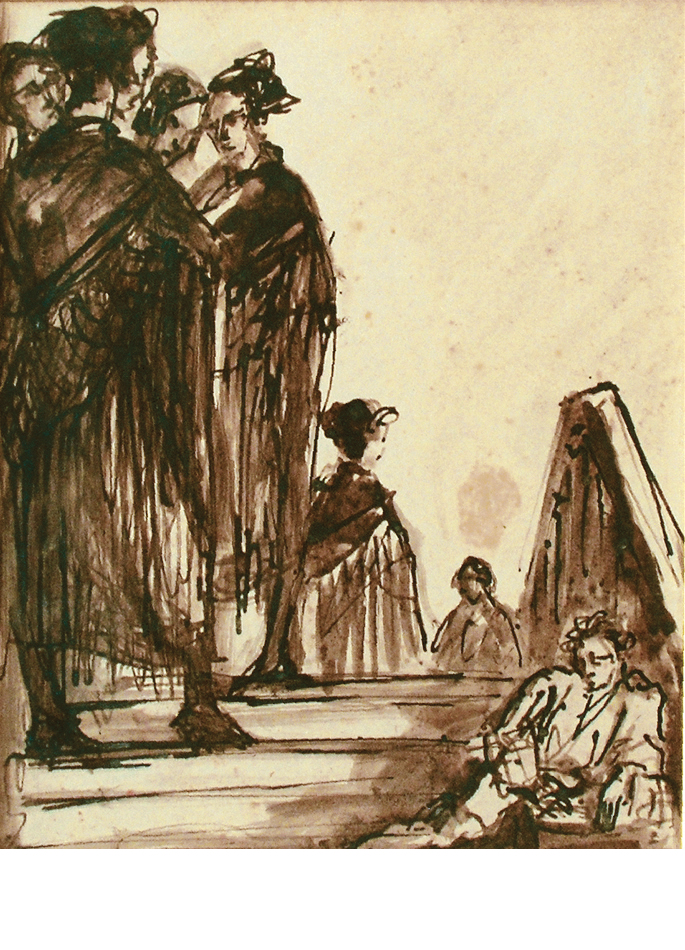Émile Bernard Exhibition. Found Sepias
From October 3rd to March 13th 2021
“I attempted, in my own way, to renew this picturesque style”, Émile Bernard once informed as he described his exceptional sepia art works. In other words, works of art in brown and black signed by the one who co-founded the Pont-Aven School and made friends with Cézanne, Van Gogh and Gauguin. Recognised as one of its most ardent specialists, the Cristel Éditeur d’Art Centre presents 40 sepias by the last of the great French masters.
Exhibited works
Bernard, c’est quelqu’un !
His latest record? €1,731,547 at Sotheby’s New York, on May 15th, 2019, for his work Bretonnes ramassant des pommes, a canvas signed in 1889. His best period is said to be highly sought after by prestigious collectors and museums around the world. Because back then, Émile Bernard, born in 1868, was the embodiment of the unparalleled momentum of modern painting. A genius, in the strict sense of the word, who stunned by his audacity and precocity. We know how Paul Gauguin welcomed him in Pont-Aven in 1888: “Little Bernard is here and has brought back some interesting things from St. Briac. Here is one who fears nothing.” Vincent Van Gogh’s comment, addressed to his sister Wilhelmine, has also been passed on to posterity: “You ask who Bernard is, he is a young painter— he is no more than twenty years old —, very original. He tries to make modern figures as elegant as Greek or Egyptian antiques, a grace in the expressive movements, a charm through bold colour.” Without neglecting the bitter and sardonic confession of the exiled Gauguin in Tahiti (he was responding to Maurice Denis): “Much has been written on this subject and everyone knows that I really stole from my Master Émile Bernard! painting and sculpture that he (himself had it printed) no longer had any left. Do not believe that the thirty or so paintings I gave him and which he sold to Vollard are mine; they are a dreadful plagiarism of Bernard’s.”
Such are the facts, attested too early on, but for a long time inadmissible in the minds of art critics and dealers, who never accepted what must then be seen as an unthinkable, shattering metamorphosis: Emile Bernard’s conversion to classical painting! In other words, at the end of the eighteen hundreds, the abandonment of pure colours and flat tints that would quickly lead the artists to Fauvism and then to monochromes and abstraction. The abandonment, in short, of unquestionable facilities, to confront the only models, the only summits capable of inspiring him: the giants of the past. It is his unforgettable cry thrown at the feet of Tintoretto: “Great God of painting, make me God like you!” Or elsewhere, facing the sparkling majesty of Veronese’s frescoes, this ardent prayer: « Genius, give me genius! » Because during a century that had eyes only for Picasso, such had become the irreducible and burning Émile Bernard: the first classical painter of his time! In truth, a definitive vocation, which could not be better described as “religious”. Is it necessary to recall how deeply mystical this man was? But he also was a demanding, inexhaustible carnalist, to whom we owe some of the most admirable and quivering nudes in the history of painting! En quelque sorte, l’éternel désir de transmutation du plomb en or, voire la lutte entre le bien et le mal qu’il prolongeait devant son chevalet, voulant sans cesse atteindre sa propre vision du « beau »… Son travail à l’encre, à l’eau et au pinceau, ses puissants et merveilleux lavis, dont quarante ont été exceptionnellement rassemblés pour cette vingt-cinquième exposition du Centre Cristel Éditeur d’Art, son travail à la sépia s’inscrit dans cette veine. “I have tried, in my own way, to renovate this picturesque genre”, he was to explain to Andries Bonger (Theo Van Gogh’s brother-in-law) in September 1927, on his return from a presentation of his last works in Brussels. Proof, once again, that this incomparable virtuoso devoted himself body and soul to his priesthood. And the proof that Gauguin, in the end, had understood everything: “I shout from the rooftops: ‘Watch out for Little Bernard, he’s someone’.”
Christophe Penot
Art editor
